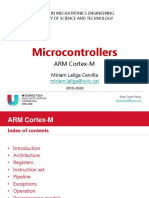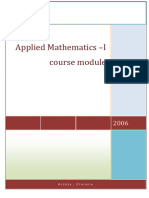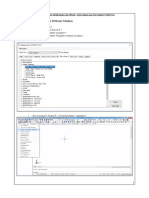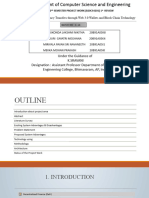0% found this document useful (0 votes)
30 views43 pages1 Introduction
The document outlines a course on Microcontrollers and Embedded Systems, focusing on ARM Cortex-M architecture, programming, and design concepts. It contrasts microprocessors and microcontrollers, detailing their applications, histories, and the evolution of ARM processors. The course aims to equip students with knowledge about embedded systems, their components, and design principles, culminating in understanding various ARM processor families and their specific uses.
Uploaded by
Nirmal B ChackoCopyright
© © All Rights Reserved
We take content rights seriously. If you suspect this is your content, claim it here.
Available Formats
Download as PDF, TXT or read online on Scribd
0% found this document useful (0 votes)
30 views43 pages1 Introduction
The document outlines a course on Microcontrollers and Embedded Systems, focusing on ARM Cortex-M architecture, programming, and design concepts. It contrasts microprocessors and microcontrollers, detailing their applications, histories, and the evolution of ARM processors. The course aims to equip students with knowledge about embedded systems, their components, and design principles, culminating in understanding various ARM processor families and their specific uses.
Uploaded by
Nirmal B ChackoCopyright
© © All Rights Reserved
We take content rights seriously. If you suspect this is your content, claim it here.
Available Formats
Download as PDF, TXT or read online on Scribd
/ 43






















































































